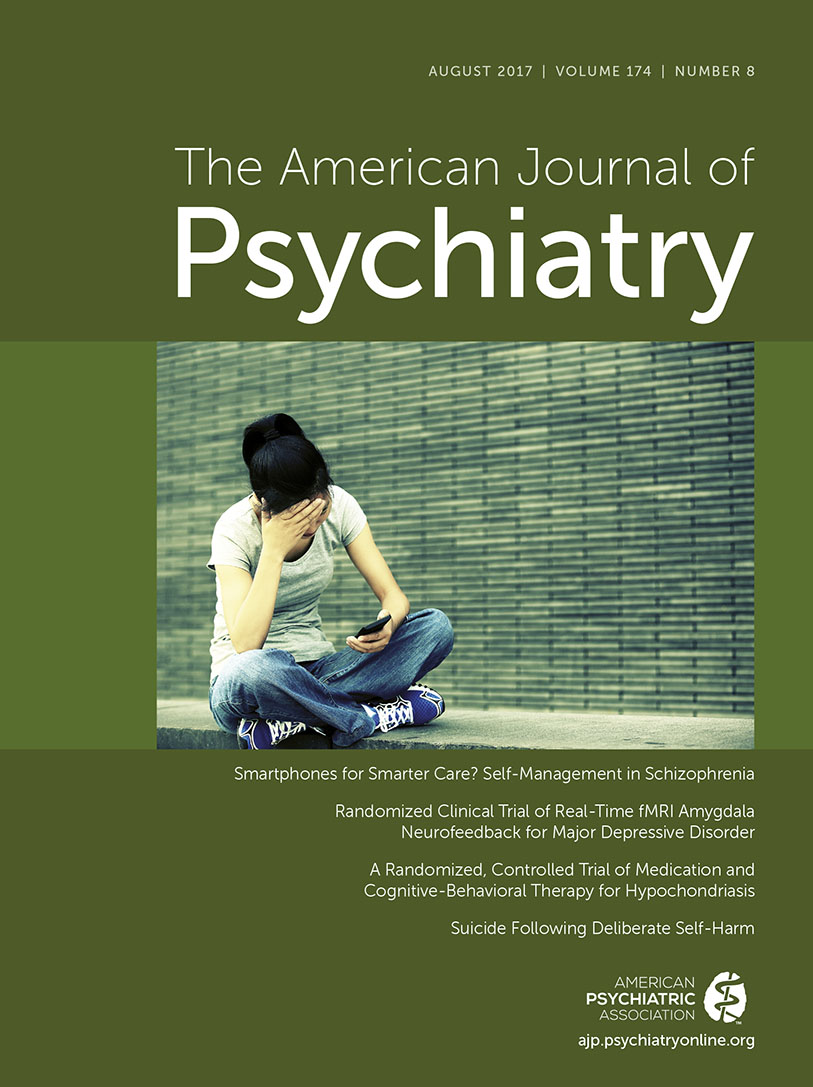Suicide Following Deliberate Self-Harm
Abstract
Objective:
The authors sought to identify risk factors for repeat self-harm and completed suicide over the following year among adults with deliberate self-harm.
Method:
A national cohort of Medicaid-financed adults clinically diagnosed with deliberate self-harm (N=61,297) was followed for up to 1 year. Repeat self-harm per 1,000 person-years and suicide rates per 100,000 person-years (based on cause of death information from the National Death Index) were determined. Hazard ratios of repeat self-harm and suicide were estimated by Cox proportional hazard models.
Results:
During the 12 months after nonfatal self-harm, the rate of repeat self-harm was 263.2 per 1,000 person-years and the rate of completed suicide was 439.1 per 100,000 person-years, or 37.2 times higher than in a matched general population cohort. The hazard of suicide was higher after initial self-harm events involving violent as compared with nonviolent methods (hazard ratio=7.5, 95% CI=5.5–10.1), especially firearms (hazard ratio=15.86, 95% CI=10.7–23.4; computed with poisoning as reference), and to a lesser extent after events of patients who had recently received outpatient mental health care (hazard ratio=1.6, 95% CI=1.2–2.0). Compared with self-harm patients using nonviolent methods, those who used violent methods were at significantly increased risk of suicide during the first 30 days after the initial event (hazard ratio=17.5, 95% CI=11.2–27.3), but not during the following 335 days.
Conclusions:
Adults treated for deliberate self-harm frequently repeat self-harm in the following year. Patients who use a violent method for their initial self-harm, especially firearms, have an exceptionally high risk of suicide, particularly right after the initial event, which highlights the importance of careful assessment and close follow-up of this group.



